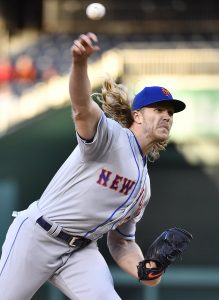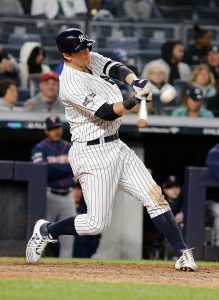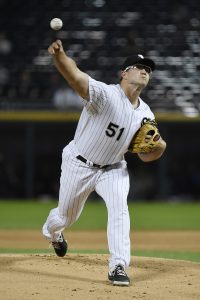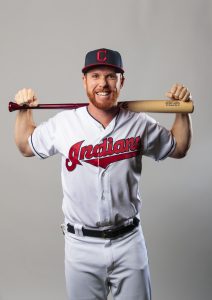The worst bullpen meltdown of the 2001 World Series was not the one you think. You probably go right to Byung-Hyun Kim blowing saves in games four and five in Yankee Stadium, putting the Diamondbacks on the brink of elimination heading into game six. But that’s not it.
You might also think of Mariano Rivera blowing the save in game seven. Mark Grace singled, Rivera turned a sac bunt attempt into runners on first and second, Tony Womack eventually knocked home the tying run. Then Tim McCarver – without so much as a spoiler alert – laid out exactly what was about to happen like he’d seen it already, and Luis Gonzalez shoveled a ball over the drawn in infield to win the World Series. Just like that, the greatest closer of all time blew game seven of the World Series, ending a Yankee dynasty in its tracks.
But that’s not it either. I’m talking about Jay Witasick’s beautifully disastrous performance in game six.
With the Yankees up three games to two in the 2001 World Series, the series shifted back to Arizona for a critical game six. The Yankees were just one win away from their fourth consecutive World Series championship, while the Diamondbacks, in their fourth season, hadn’t yet existed in a world in which the Yankees were not the champs. Kim’s consecutive blown saves put Arizona in this position, but in game six, it would be the Yankees bullpen that would implode. Though Jay Witasick’s meltdown didn’t come in as high a leverage situation as Kim’s (nor Rivera’s), it was something to behold.
Witasick entered Game 6 with runners on second and third with the Yankees trailing 5-0. It was still early. The game was in reach. Here’s how hitters fared against Witasick that inning:
- Single to LF
- Single to LF
- Single to LF
- Single to RF
- Tony Womack strikes out swinging (phew!)
- Single to CF
- Double to LF
- Single to CF
- Double to CF
- Reggie Sanders strikes out swinging (finally!)
In a game when the Yankees could have clinched a World Series victory, Joe Torre let Witasick stay in the game to surrender four consecutive hits – twice! – in one inning. By the time Reggie Sanders finally struck out, the Diamondbacks led 12-0. Relievers are often made to wear it the way Witasick did here, but a win in this game meant a World Series title. This wasn’t a normal game. This was the type of game when – normally – you never give up. Witasick’s 8 earned runs tied him with Grover “Pete” Alexander for the most runs ever given up in a World Series game. Alexander took 2 1/3 innings to give up that many in the 1928 World Series against the Yankees.
Witasick would give up two more hits the next inning (he started another inning!), giving him a final line that looks like this (parents, cover your children’s eyes): 1 ⅓ innings, 10 hits, 9 runs (8 earned), 4 strikeouts. Randy Choate came on and allowed Witasick’s stragglers to score, by which point the Diamondbacks led 15-0. Luis Gonzalez – their consensus best player – was pulled for rest in the bottom of that inning (the 4th inning!). Given the stakes of the game, it’s amazing that Torre allowed Witasick to get shelled the way he did.
I’ll give Torre this: games four and five of the 2001 World Series went into extra innings, and leading 3 games to 2 going into game six, the Yankees had some cause to pack it in by the time Andy Pettitte left the game without recording an out in the third inning. And it’s not as if Witasick was giving up home runs. These were mostly bleeders through the left side of the infield – but they weren’t totally cheap knocks either.
On the other hand, when Pettitte exited the game, it was still just a 5-0 deficit in the 3rd inning. Of course, Torre also had reason to doubt whether his offense could come back from a deficit that large. In the first five games of the series combined, the Yankees had scored a total of four runs in innings 1 through 8. Without a pair of clutch ninth-inning home runs from Tino Martinez and Scott Brosius, the Yankees came dangerously close to losing all 7 games of the series (which, of course, would have been impossible).
Still, Witasick’s ill-fated stint in the third and fourth inning of game 6 stands out as a woeful performance with the season on the line. Witasick put together a solid professional career, pitching for 7 teams over 12 years with a 4.64 ERA/4.69 FIP, and it’s hardly his fault that Torre decided to pack this one in by the third inning, but it’s worth a re-watch nonetheless.




